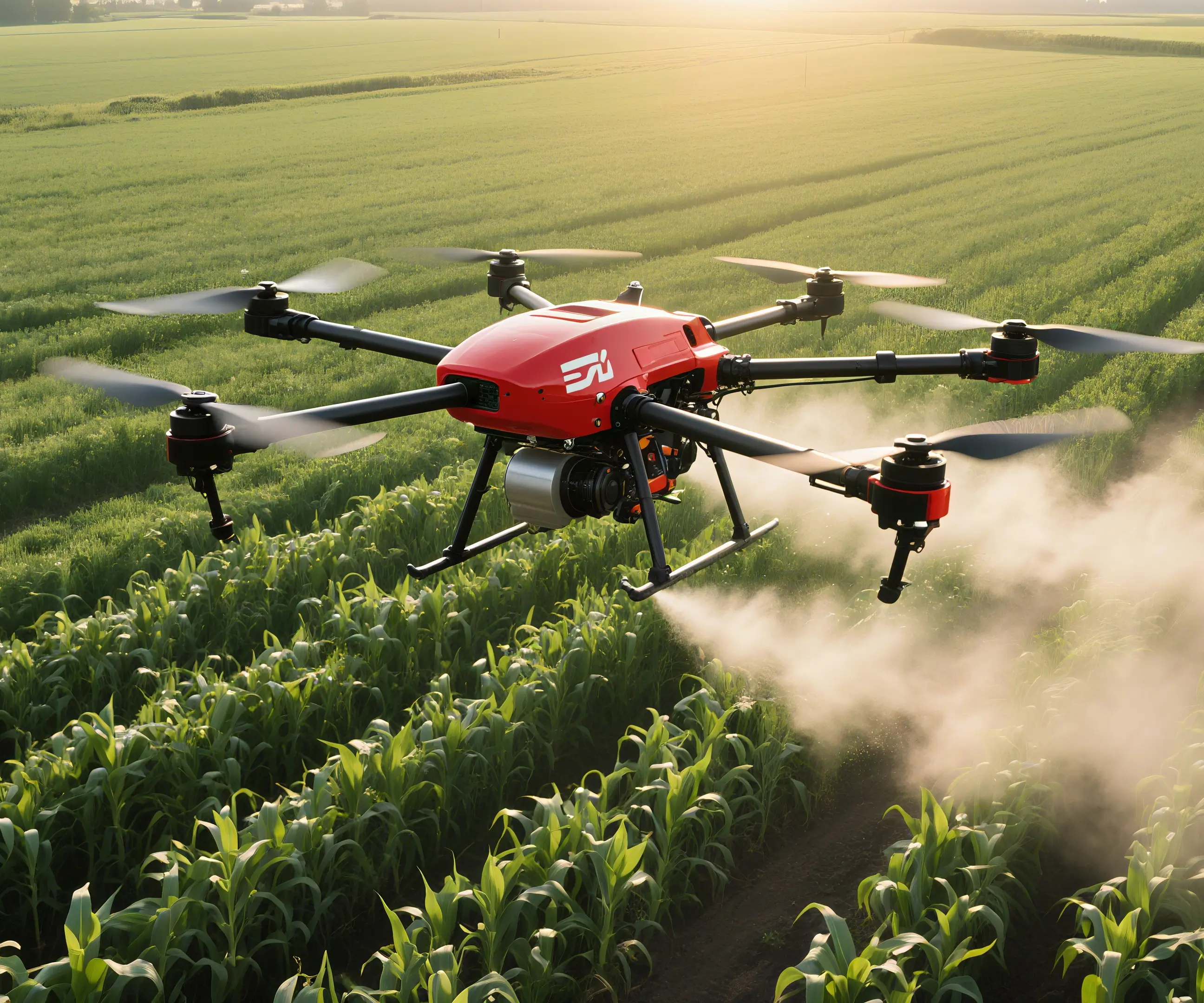In an era where efficiency and connectivity define daily life, the evolution of remote control technology stands out as a quintessential example of innovation meeting convenience. The advent of iOS remote control apps marks a significant turning point in how we interact with our devices, entertainment systems, and even entire smart homes—all from the palm of our hand. This digital leap isn’t just a fleeting trend; it’s a revolution that combines intelligence, simplicity, and unprecedented flexibility.

Imagine a typical day: You wake up, reach for your iPhone, and without leaving your bed, you can dim the living room lights, start your morning playlist, adjust your smart thermostat, and even prepare your favorite playlist on your home speaker system. All of this is made possible by the seamless integration of iOS remote control apps—powerful tools designed to simplify daily routines and elevate user experiences.
The Evolution of Remote Control: From Clunky Devices to Smart Solutions
Remote controls have historically been associated with bulky, dedicated devices—think of the classic TV remote or the wired controllers of earlier technology. While functional, they often limited flexibility, required physical proximity, and became cumbersome as more devices entered homes.
The rise of smartphones disrupted this paradigm completely. Today’s smartphones, especially iPhones, are virtually universal remotes—combining the power of many devices into a single, sleek interface. iOS remote control apps cultivate this versatility further by offering specialized interfaces for different devices and systems, streamlining control with intuitive design.
Why iOS? The Perfect Ecosystem for Remote Control Apps
Apple's ecosystem is renowned for its reliability, security, and seamless integration. iOS provides a robust foundation for remote control apps, offering developers consistent APIs and hardware features—like IR blasters, Bluetooth, and Wi-Fi—that facilitate direct device communication. Furthermore, the App Store’s strict review process ensures a certain standard of quality and security, giving users confidence in their tool’s safety and efficacy.
The combination of hardware and software harmonizes beautifully in the Apple universe. For users who already own multiple Apple products, the convenience multiplies: controlling your Apple TV, HomePod, smart appliances, or even Windows and Android devices becomes a unified experience. Such interconnectedness has opened new potentials for customization, automation, and ease of use.
The Multi-Faceted Role of iOS Remote Control Apps
These apps serve more purposes than simply changing channels or playing music. They act as centralized command centers for various smart home devices, media centers, gaming systems, and even presentation tools. Let’s explore some of their core functionalities:
Media Management: Whether it’s controlling your Apple TV, Chromecast, or other streaming devices, iOS apps allow you to browse, select, and manage content with swipe and tap simplicity. Think of it as having a universal remote tailored to your preferences.
Smart Home Integration: From adjusting lighting and thermostats to controlling security cameras, these apps act as an x-ray view into your home’s connected ecosystem. With simple interfaces, you can automate routines—say, turning off all lights at bedtime or adjusting blinds based on the weather.
Device Management and Automation: Advanced users leverage these apps to set up multi-device automation routines. Scheduling lights to turn on at sunset, locking doors, setting alarms, or even syncing actions based on geolocation becomes effortless when managed through centralized apps.
Popular iOS Remote Control Apps: Features and Benefits
Several apps have emerged as leaders in this domain, each bringing unique strengths to the table:
Apple's Remote App: Built-in for Apple TV, it provides intuitive control, allowing users to navigate menus, input text, and manage playback seamlessly from their iPhones or iPads.
Unified Brands: Apps like Logitech’s Harmony and Roku’s official remote app bring multi-device control into a single interface, reducing clutter and confusion.
Smart Home Control Apps: Apple’s own "Home" app centralizes control of HomeKit-compatible devices, enabling automation rules, scene creation, and remote access.
Third-party Multi-Device Apps: Apps such as AnyMote, Peel, or Yonomi excel at connecting a range of devices—from smart TVs, speakers, to IoT sensors—enabling holistic management.
Choosing Your Ideal iOS Remote Control App
When selecting a remote app, consider your needs:
Compatibility: Ensure the app supports your devices—Apple TV, smart lights, speaker systems, etc.
Ease of Use: Interface matters. Look for apps with intuitive controls and customizable options.
Automation Features: If you want hands-free convenience, prioritize apps that allow routines and automation.
Security: With connected devices, data privacy is key. Reputable apps adhere to high security standards.
Additional Features: Some apps offer voice control integration with Siri or other AI assistants, multi-user support, or real-time notifications.
The convenience these apps offer is not just about remote control—it's about transforming your environment into an intelligent, interconnected space. As smart homes become more prevalent, the importance of seamless, reliable control tools cannot be overstated.
Kpower has delivered professional drive system solutions to over 500 enterprise clients globally with products covering various fields such as Smart Home Systems, Automatic Electronics, Robotics, Precision Agriculture, Drones, and Industrial Automation.




































